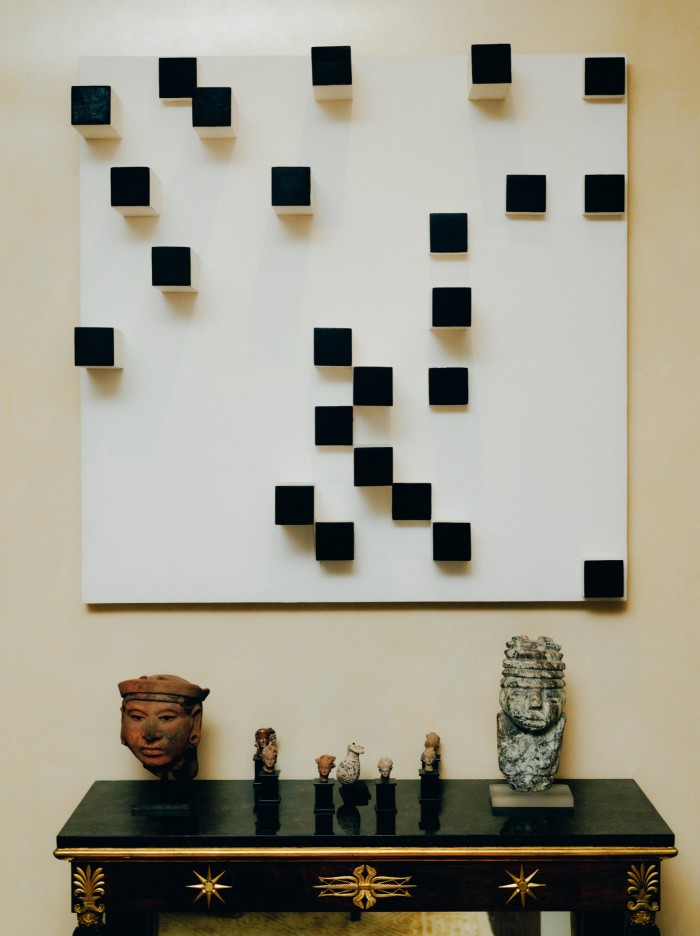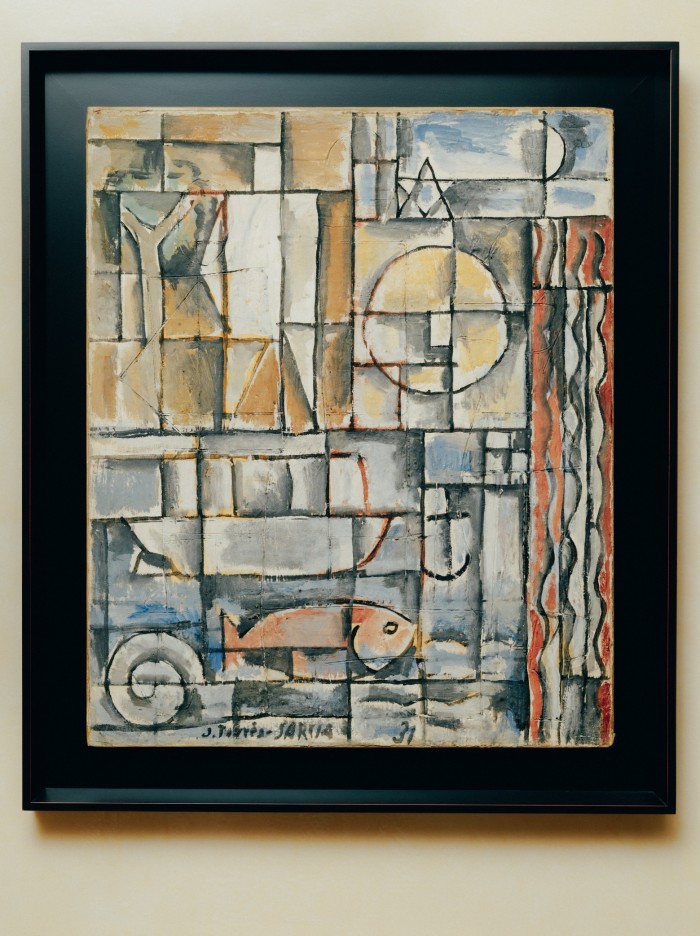Collector Estrellita B Brodsky: ‘They discounted any subject that had to do with Latin American art’

Roula Khalaf, Editor of the FT, selects her favourite stories in this weekly newsletter.
Estrellita B Brodsky is a collector, a curator, a philanthropist and a champion of Latin American art. She has a doctorate in art history; she lectures and writes; she has endowed curatorial positions at the Metropolitan Museum of Art, Tate and MoMA. And she also founded and runs a private art project, Another Space.
So when we meet on Zoom, I ask her which of this dizzying array of roles is most important to her. “All of them!” she says. “At first, I thought I should dedicate myself to just one. But actually I think they are equally important in terms of encouraging an appreciation of artists from Latin America and its diaspora.”
Brodsky is talking from her Manhattan home, her hair pushed back by her glasses, friendly, alert and engaged. Her background is in Latin America, with a Venezuelan father and a Uruguayan mother, but she was born and raised in New York and is now married to prominent New York real-estate developer Daniel Brodsky. Her interest in art started at an early age and she says she was always “surrounded by art”, even if her parents were not what she would formally call collectors. She was already collecting at a young age: “In those days it was Buffalo nickels and Liberty dimes, but then I had to dig into them to pay my bus fares,” she laughs.


She was aware of Latin American art from early on: “I travelled frequently to Venezuela and saw artists such as [Jesús Rafael] Soto, Alejandro Otero and Carlos Cruz-Diez. Art was all around in the public sphere, on the facades of buildings, in plazas.”
Learning about it was another matter. “I had studied Latin American literature at Princeton, but there was really no opportunity to study the art from the region at the time,” she says. In fact, her masters thesis was devoted to a European artist — Gustave Caillebotte — and she was only able to study her chosen region at PhD level at the Institute of Fine Arts at New York University. “Before that, there was a tendency to discount any subject that had to do with Latin American art.”
Why was there so little interest? “There was huge interest in Mexican art in the 1940s, but after world war two, I think there was some identification of Latin America with communism, there was a sort of rejection, as well as a perception that it was not equal to European or North American art. When the Guggenheim Museum held a Jesús Rafael Soto exhibition in 1974, some people called his art ‘primitive’. So a lot of my activities have been trying to correct history.”

Her own serious collecting started, surprisingly, with European art and the acquisition of a Picasso — “Tête” (1944) — but “the turning point was when I went to do my PhD and travelled throughout Latin America. This gave me a more in-depth understanding and I felt much more comfortable collecting the art.”
Today that collection numbers more than 1,000 works and includes artists from the whole region — she names Joaquín Torres-García, Lygia Pape, Carmen Herrera, Guillermo Kuitca before breaking off: “The list is pretty copious — pretty much all of Latin America and the Caribbean and Central America.” And she adds: “I don’t want to upset anyone, I don’t like leaving out any of my children.” (This is not the only time she refers to her artworks as “children” during our conversation.)

Some of the art is in her homes, some in storage, a lot on loan (“I have a bunch of empty hooks on my walls”). Selections are on display alongside other loaned works in Another Space, her by-appointment not-for-profit showcase in New York’s Chelsea. The current exhibition is Spin a Yarn, a show of textiles (to March 12).
Other works have already been gifted to museums such as MoMA, the Met, Tate and the Hirshhorn. She is hugely engaged with public institutions, so I ask if these are still as significant as they were now private museums vie for the public’s attention. “Very much so,” she says. “When you see works in a public museum, it’s giving a seal of approval.”
Does she feel, finally, that she has succeeded in her mission to champion Latin American art? “I think there’s more of an awareness and an appreciation, and I’m pleased with that,” she responds. “But there’s still a lot more to be done.”
Estrellita B Brodsky takes part in Art Basel Conversations with artist Guadalupe Maravilla on December 7, artbasel.com

Comments